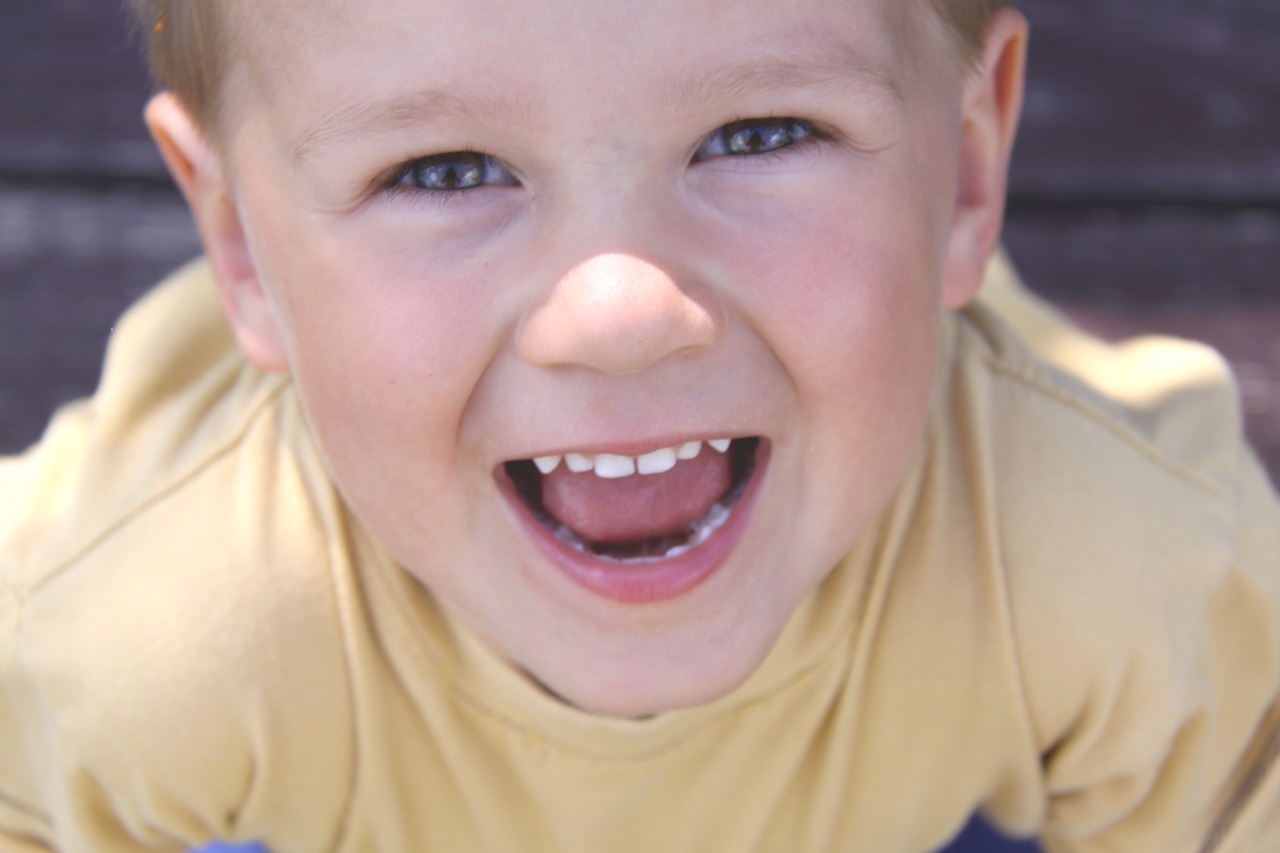Babies Born During Pandemic at Greater Risk for Developmental Delays, Study Finds
 Babies born during the first year of the COVID-19 pandemic in the United States show more evidence of developmental delays at age 6 months compared with those delivered before the virus emerged, a study published by JAMA Pediatrics found.
Babies born during the first year of the COVID-19 pandemic in the United States show more evidence of developmental delays at age 6 months compared with those delivered before the virus emerged, a study published by JAMA Pediatrics found.
This is true whether or not the babies’ parents were infected with the virus during pregnancy, the researchers said.
Infants born between March and December 2020 scored up to 12% lower on assessments for gross motor skills, fine motor skills and problem-solving than those born pre-pandemic, the data showed.
Gross motor skills include basic movements such as crawling, while fine motor skills refer to eye and finger and hand movement, according to the Centers for Disease Control and Prevention.
Of the babies in the study born during the pandemic, 18% scored below the level that indicates possible developmental delays on at least one assessment at age 6 months, while 11% of those born pre-pandemic did so, the researchers said.
“Infants born to mothers who have viral infections during pregnancy have a higher risk of neurodevelopmental deficits, so we thought we would find some changes in the neurodevelopment of babies whose mothers had COVID during pregnancy,” said Dr. Dani Dumitriu, the study’s lead investigator.
“We were surprised to find absolutely no signal suggesting that exposure to COVID while in utero was linked to neurodevelopmental deficits. Rather, being in the womb of a mother experiencing the pandemic was associated with slightly lower scores in areas such as motor and social skills,” she said.
For this study, the researchers compared scores on various assessments for child development among 255 babies born in New York City during the COVID-19 pandemic in 2020 with those of 62 delivered before the virus emerged.
Of the 255 babies born during the pandemic, 114, or 45%, were exposed to the virus in utero, meaning the parent had been infected during pregnancy, though most had mild or asymptomatic illness, the researchers said.
Among babies exposed to the virus in the womb, 23% showed signs of possible developmental delays at age 6 months compared with 19% of those born to uninfected parents, according to the researchers.
However, bigger differences were seen when children delivered during the pandemic were compared with those born before it, they said.
At age 6 months, 8% of babies born during the pandemic had scores on assessments for gross motor skills that fell below the cut-off for possible developmental delays, the data showed.
A similar percentage of pandemic babies also scored below the cut-off on assessments for fine motor skills, while 8% performed similarly on tests for problem-solving, the researchers said.
In comparison, none of the pre-pandemic babies in the study scored below the developmental delay cutoff for gross motor skills, while less than 5% did so on tests for fine motor skills and problem-solving, according to the researchers.
Other factors, including fewer play dates and altered interactions with stressed caregivers, may help explain why babies born during the pandemic show evidence of delayed development, the researchers said.
“We want parents to know that the findings in our small study do not necessarily mean that this generation will be impaired later in life,” Dumitriu said.
“This is still a very early developmental stage with lots of opportunities to intervene and get these babies onto the right developmental trajectory,” she said.
Excerpted from “Babies Born During Pandemic at Greater Risk for Developmental Delays, Study Finds” from United Press International. Read the full article online.
Source: UPI | Babies Born During Pandemic at Greater Risk for Developmental Delays, Study Finds, https://www.upi.com/Health_News/2022/01/04/covid-19-pandemic-babies-developmental-delays-babies-study/3751641304818 | Copyright © 2022 United Press International, Inc.
You may also be interested in reading “Pandemic Babies With Developmental Delays Can Be Helped to Make Up for Lost Social Interaction – 5 Tips for Parents.”







